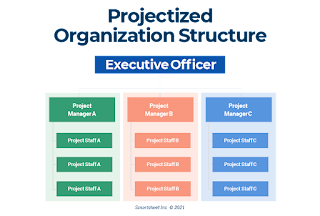There are 7 types of Quality Control Systems. 1. Check Sheets A document which is used to collect the real time data at a place where data is generated. 2. Histogram Frequency Diagram, It reflects shape, location and trends. 3. Pareto Diagram It separates the vital few from trivial many. Based on Pareto law of 20/80. 4. Ishikawa/Cause-Effect Diagram If a problem is found then its cause and effect diagram is generated based on 4 problems man, machine, method and material. Also called fish bone diagram. 5. Stratification: To generate data of different origins. 6. Scatter Diagram It explains how process characteristics are affected with the influence of external variable. 7. Control Charts A control chart shows process data over time, process mean is plotted. Upper and lower limits of control are reflected.


.png)

